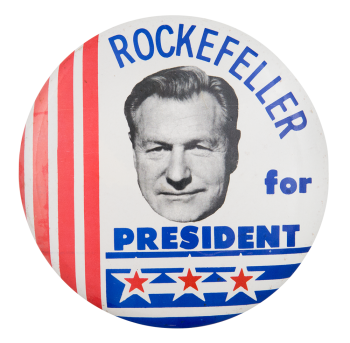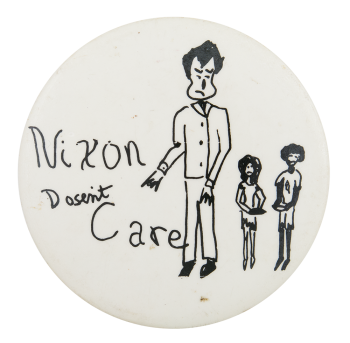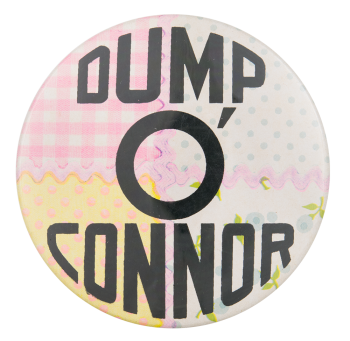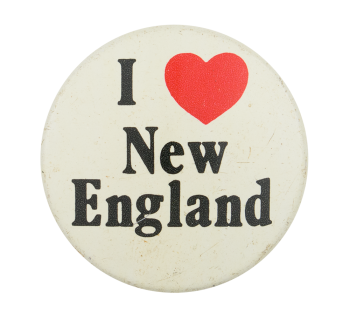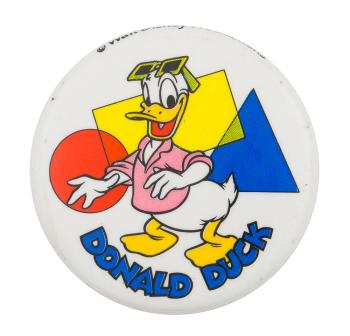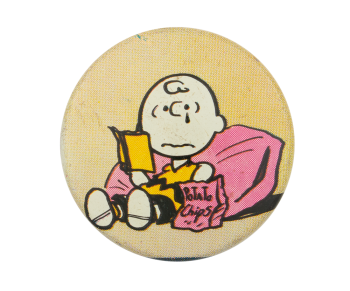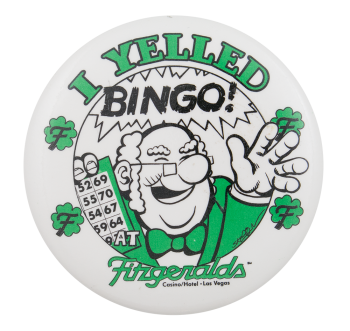Rockefeller for President
| Category | |
|---|---|
| Additional Images | |
| Sub Categories | |
| Text on Button | ROCKEFELLER for PRESIDENT |
| Image Description | Black and white photograph of a man's head with blue text above and below and red stripes on the left and red stars with blue stripes across the bottom on a white background |
| Back Style | |
| The Shape | |
| The Size | |
| Additional Information | Nelson Aldrich Rockefeller (1908-1979) unsuccessfully sought the Republican nomination for President three times. He lost the nomination to Richard Nixon in 1960, to Barry Goldwater in 1964 and to Ronald Reagan in 1968. However, in 1958 Rockefeller served four consecutive terms as Governor of New York, and was appointed as Gerald Ford’s Vice-President in 1974 following the resignation of Richard Nixon. In 1963 Rockefeller divorced his wife and married Happy Murphy, his much younger secretary. Middle-class society expressed their extreme disapproval when it was learned she had given up custody of her four children to secure a divorce in order to marry Rockefeller. Shortly thereafter his comfortable lead in the polls took a sudden dive. Many felt it was an act of political self-destruction and blame this scandal as the cause of the lost 1964 nomination. When Rockefeller addressed the 1964 Republican Convention he faced a hostile crowd and his five minute speech was continually interrupted by cheers of “we want Barry.” |
| Catalog ID | PO0600 |

